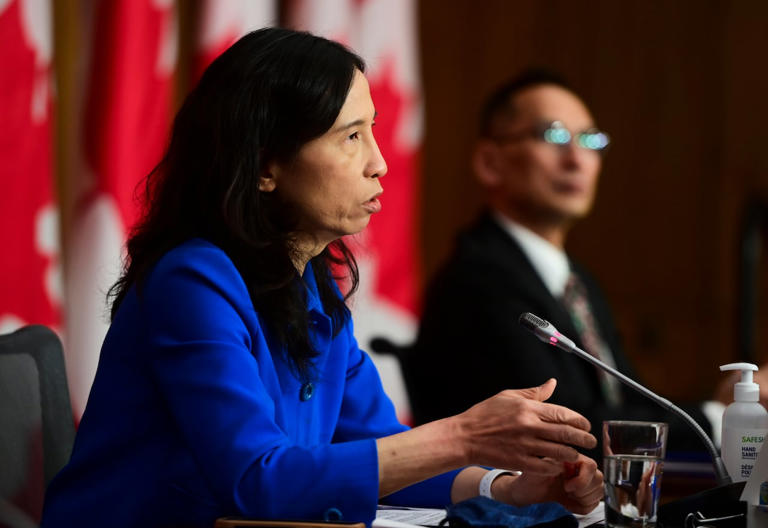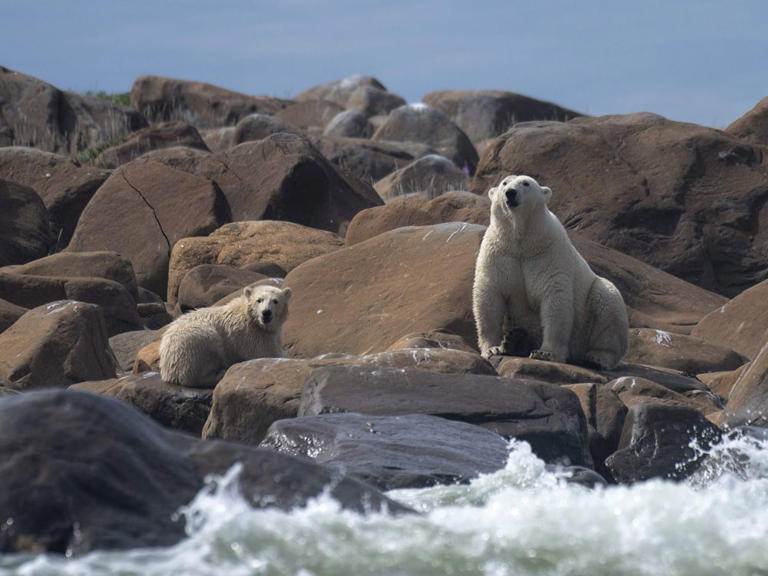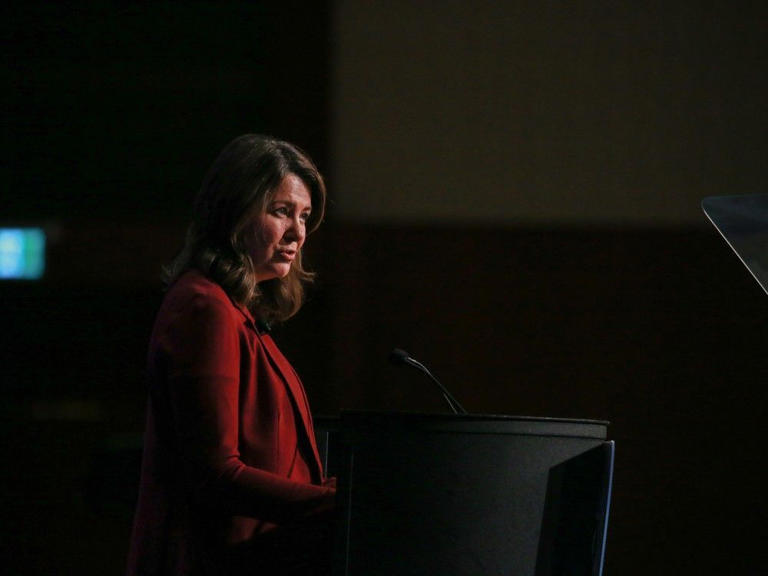‘Welcome home, dear ancestor’: after nearly a century, a stolen totem pole returns to the Nisg̱a’a Nation
Story by The Canadian Press •
This story is a collaboration between The Narwhal and IndigiNews.
Under a protective blanket of low clouds, the Wilps Ni’isjoohl memorial pole returned to Nisg̱a’a territory almost a century after it was stolen in 1929. Imbued with the spirits of ancestors and carved with the crests of names that live on today, the pts’aan (pole) is more than an object — it is an ancestor. Its return to Nisg̱a’a lands was observed with comparable ceremony and protocol for bringing home a loved one who passed.
In Laxg̱alts’ap, a few kilometres from where it once stood in the village of Ank’idaa on the banks of K’alii Aksim Lisims (Nass River), the clouds drifted away and the ancestor breathed Nisg̱a’a air and felt the warmth of the late September sun. An eagle flew slowly across the valley and ravens watched from the surrounding forest as family from Wilps (House) Ni’isjoohl of the G̱anada (raven/frog) clan gathered to celebrate with other citizens of the Nisg̱a’a Nation and guests.
Nisg̱a’a Matriarch Joanna Moody was around 25 years old in 1860 when she commissioned the pole to honour her relative who died defending Nisg̱a’a lands.
“She undertook her leadership at one of the worst times of genocide that we’ve experienced as Nisg̱a’a peoples,” Sigidimnak’ Nox̱s Ts’aawit (Amy Parent) said of her ancestral grandmother. “She also had to undertake her leadership during a time of great grief as she was called upon to erect this memorial pole to honour Ts’waawit, our family member.”
It took around a year for the carver, Oyee, and his assistant, Gwanes, to complete the pole, during which time Joanna Moody housed and fed both, a sign of her wealth and power — derived from the richness of the land and the river that annually brought saak (oolichan) and salmon up from the coast to villages along its banks. Carved from a giant red cedar that Oyee chose from its towering peers in what’s sometimes now called the Nass Valley, the pole depicts several figures, including a raven associated with the G̱anada clan. The hat of the pole is encircled with four rings, commemorating the number of feasts held by the former house chief.
An educator who works in Nisg̱a’a language and cultural revitalization, Nox̱s Ts’aawit is a descendant of Moody, who lived to 115. She said holding four feasts, particularly during that time period, signified the great wealth of the wilps (house.) At every feast, the chief and family give gifts to everyone seated in the feast hall, honouring their role as witnesses. This is true today.
The pole’s creation was rooted in grief and kwhlixhoosa’anskw (respect). But respect was not what it received when it collided with colonization.
In 1929, Canadian anthropologist Marius Barbeau took the pole from the Nisg̱a’a village of Ank’idaa and shipped it to the National Museum of Scotland.
Museum records indicate that Barbeau was commissioned by the institution to purchase the pole for $600. Though these colonial documents show a sale by a Matriarch from the House of Ni’isjoohl, that signature is believed to have been falsified since it contradicts the family’s oral history, according to the Nisg̱a’a.
The family says the pole was stolen by Barbeau with the permission of the Government of Canada during the summertime, when people in the village were away for an annual fishing, hunting and food harvesting season.
“This pts’aan left Ank’idaa and it left under a terrible situation because it was removed without the consent of our community, without the consent of the family,” Apdii Laxha, Andrew Robinson, said. He helped bring the pole home in his role as the former chief administrative officer of the Nisg̱a’a Village of Laxg̱alts’ap. “It encountered horrendous weather and … storms where some of the poles that were wrapped up with it were lost.”
Trafficking totem poles during this era was often done without consent, something that is highlighted in field notes from Barbeau and others involved with taking totem poles — which colonial officials described as “specimens.”
Barbeau had a special affinity for the Nass Valley and for Nisg̱a’a in particular, viewing the carvers from the nation as “on the whole the best in the country,” according to his writings. Though he recognized the significance of the Wilps Ni’isjoohl memorial pole to Nisg̱a’a, having spent time studying their protocols, that didn’t stop him from removing it.
Barbeau’s entire career took place during the Potlatch Ban, a federal law first enacted in 1885 that made potlatching and raising totem poles illegal for 67 years. Barbeau was known for “preserving” the existing northwest coast totem poles during this time — then seen by colonizers as a dying artform — by taking them from Indigenous village sites and distributing them to museums.
“Nearly all the Nass River poles by now have been purchased and removed by the author for various institutions in Canada, the United States, Great Britain and France,” he boasts in the first of his two-volume book Totem Poles, published in 1950.
“The art of totem-pole carving,” he once declared, “now wholly belongs to the past.”
Transporting the towering poles from the remote Nass Valley to museums was no simple task, and often involved cutting them in pieces where they could more easily be floated downriver and later be moved by ship and rail.
When it came to the Wilps Ni’isjoohl memorial pole, the Scottish museum received the pole “in one piece, except for the upper extremity, and certain projecting portions, which have been carved separately and fitted on,” according to a 1931 note from a curator.
It’s now believed by museum staff that the pole was coated with a protective paint so it could be floated down K’alii Aksim Lisims and transported to Edinburgh, where it arrived at the museum in 1930 and remained until its return this September.
The National Museum of Scotland stands in the centre of Edinburgh — a landmark among the many ornate buildings in the city. Nearby looms the historic Edinburgh Castle, housing royal jewels that were recently presented to King Charles III following his coronation.
Prior to returning the pole, the museum’s staff set about readying the space in order for a group from Nisg̱a’a to gather and follow protocol to prepare the pole for its journey home.
Exhibited alongside the pole were various other Indigenous belongings; the museum has an extensive collection from North America, Australia, the Arctic and beyond. But on an August day shortly before the Nisg̱a’a group’s arrival, many of their cases were wrapped in plastic or boarded up for protection, in preparation for the totem pole’s imminent departure.
It was a bright summer day, and bagpipers played outside of the museum, their sound singing out as tourists crowded the streets for the popular annual Fringe Festival. But inside, it was quiet and calm as John Giblin — who oversees the museum’s department of global arts, cultures and design — looked up at the totem pole.
Adjacent to the main hall, the 11-metre pts’aan towered over the gallery as a stunning centrepiece.
Giblin, a courteous man in a well-fitted suit, explained it’s the first totem pole to ever be returned to a First Nation from a United Kingdom museum, calling it an “incredibly significant” moment for both Nisg̱a’a and the National Museum of Scotland.
This return could set a precedent for more returns of cultural items from the United Kingdom and Europe, where other totem poles and many more stolen Indigenous belongings ended up.
A totem pole typically weighs one tonne, and Giblin explained that moving such a large and aged item in one piece is “quite a feat in terms of the logistics.”
“It’s been on display in the museum since 1930,” he said. “The museum’s kind of been built around it in many respects, in different ways. It’s not that easy to actually move the pole out through the museum.”
Giblin said that the museum contracted a company to build scaffolding around the pole and a cradle beneath, “so there is no weight or pressure going on the actual surface of the pole.” Then, it will be gently lowered horizontally and rolled on a trolley through the museum’s underground gallery and outside. The last leg of the journey is by air; the Canadian military organized its flight home.
Saying goodbye to the pole and bringing it to the next phase of its life in Nisg̱a’a homelands, Giblin said, feels right.
“It’s been beneficial for many, many generations of Scottish public and international visitors that have come to see it and learn, but its place now is back home in the Nass Valley,” he said.
“[With] many, many generations of the Nisg̱a’a community who have been separated from it for such a long time.”
When an earlier Nisg̱a’a delegation first asked for the pole’s return in the early 1990s, they were told it was too fragile to be moved. Yet, as Nox̱s Ts’aawit found out, it was later moved to accommodate renovations at the museum.
“That made me very angry,” she said.
“It’s our ancestor, our great-great grandmother,” Sim’oogit Ni’isjoohl (Chief Earl Stevens) said. “We had to get her back on her home soil.”
In 2022, Sim’oogit Ni’isjoohl, Nox̱s Ts’aawit and other Nisg̱a’a leaders went back to Scotland to tell the museum directors they wanted the pole returned.
“We went in with much uncertainty, but with even more determination,” Nox̱s Ts’aawit said. “And I truly believe that we went in with one of the biggest strengths that we have as Nisg̱a’a people. We went in with our hearts and our minds working as one in unity together.”
The Scottish museum, Giblin said, has been putting a larger focus on reconciling the institution’s colonial legacies in recent years — which has included updating displays and labels to address historical biases and updating research behind the scenes. In some cases, those discussions result in returning items in the collection to their original owners.
When the museum eventually agreed to give the pole back to Nisg̱a’a in December 2022, they still had to figure out how to get it safely home.
Andrew Robinson was part of the 2022 delegation. While in Scotland, the group travelled to the University of St. Andrews where Nox̱s Ts’aawit gave a lecture. On their way back to Edinburgh, Sim’oogit Ni’isjoohl said they needed to stop and pause for a moment on Nisg̱a’a lands.
“We stopped at McDonald’s,” Robinson said, laughing. “We’re Nisg̱a’a, it’s part of our territory.”
While they were inside, the building started shaking.
“We heard this big rumble and we were sitting there going, ‘Oh, what’s that?’ We’ve seen these big fighter jets taking off from St Andrews Air Force base and Earl looks at Amy and goes, ‘Wonder if those are Canadian? Maybe we could get the totem pole on that and they could just fly it home,’ ” he said.
“That’s exactly what happened.”
After supporters in Ottawa reached out to the federal government, the Canadian military agreed it would support the rematriation and worked with the Nisg̱a’a delegation to make arrangements.
Less than a year later, the Nisg̱a’a delegation visited Edinburgh again, this time to bring the ancestor home. On August 28, a closed ceremony was carried out to put the pts’aan to sleep in preparation for its journey out of the institution and into the belly of a military plane.
To see the pole off, the Nisg̱a’a leaders gathered with officials from the museum and the Scottish government, and also requested that a group of Scottish children be present to share their culture — reminding them to hold the story for future generations.
“We felt it was important to emphasize to the Scottish people we were interacting with … our shared history of colonization,” Nox̱s Ts’aawit said. “We understand that we have some common experiences with the British and what it means to try to free ourselves from these colonial shackles.”
Scottish people have also historically experienced dispossession at the hands of the English — such as the infamous Stone of Scone, an ancient sandstone artifact that was stolen during the English invasion of Scotland in 1296. The British government returned the stone to Scotland in 1996.
Nox̱s Ts’aawit explained that although these shared histories created a path forward, it wasn’t an easy process, and included some misunderstandings and cultural clashes along the way. However, the two parties have managed to meet in the middle and set a new precedent.
In February, Giblin and the museum’s head of collections Chanté St Clair Inglis travelled to Nisga’a territory to directly experience the culture. Nox̱s Ts’aawit humorously recalled Inglis driving a big Ford pickup truck “on the wrong side of the road” and Giblin participating in a totem pole raising ceremony “in the freezing cold” without proper snow gear.
Bringing Giblin and Inglis to Nisg̱a’a territory bridged a divide in a way that couldn’t be done without a connection to the land and the stewards of that land.
“They saw where we came from, they felt the relationships, they saw our culture and that we weren’t just a totem pole or something behind a piece of glass,” Nox̱s Ts’aawit said. “They saw hundreds of us, thousands of us dancing, and they saw all these different aspects of who we are. And then people started talking to them. And they understood how much it meant to us.”
“There’s always going to be a clash, when we’re engaging with settler colonial institutions and their worldviews,” she added.
To challenge those worldviews and push back against colonial and patriarchal ideas, she said they consciously chose to use the word rematriation. It also just made more sense — Nisg̱a’a society is matrilineal.
After the pole arrived in the town of Terrace, it was driven in a family procession through a winding valley onto Nisg̱a’a lands and to the village of Lax̱g̱altsʼap. The pole was held in a protective box but opened to the air and sun during the public arrival ceremony on Sept. 29. The pole was raised inside the Nisg̱a’a Museum in early October and is available for the public to view until the end of the month.
At the ceremony, two kids jogged after their dad as he walked to get something from their truck.
“You’re a wolf — why are we frogs?” one of the kids asked.
“You follow your mother’s clan, that’s why,” their dad replied.
“The more that we learned about the story and about our ancestral grandmother and her strength and everything that she did in her time, it seemed ill-fitting to call it repatriation,” Nox̱s Ts’aawit explained. “Recognizing that we are a matrilineal society, it’s important for us to return to that and also to look at the complexity of what that means now in a modern era, after the residues of the Indian Act.”
She said reclaiming this identity is part of a healing process.
“It requires all of us — our men, our women, our Two Spirit — working together to create balance by honouring each other’s roles and responsibilities and supporting our children.”
At a feast held by Wilps Ni’isjoohl following the ceremony, Sim’oogit Duuk’ also highlighted the importance of language.
“Artifacts belong to extinct civilizations,” he said. “We are not extinct.”
Eva Clayton, president of Nisg̱a’a Lisims Government who holds the name Sigidimnaḵ’ Yats’, called the moment historic.
“It brings a lot of emotions to our nation, emotions that are filled with happiness, filled with grief, filled with tears,” she said. “We’re so very happy to have our ancestor home. We are on a journey together to show the world what reconciliation in action looks like.”
The pole was returned with an understanding that once it was back on Nisg̱a’a lands, the family would make decisions for its future.
Theresa Schrober, director of the Nisg̱a’a Museum, said this is an important distinction, explaining the museum has over 300 cultural belongings that have been returned by settler institutions — but those returns were conditional.
“The nation was required to construct a … facility to house those belongings,” she said, standing under a pole that was returned from the Royal BC Museum in Victoria after the Nisg̱a’a Museum was built in 2011. “That is very much a reach into the future: ‘we’ll return but we’re not letting go.’ It’s shrouded in a colonial way of thinking about how those belongings need to be conserved, treated, the kind of space they need to be in.”
She said the only condition Scotland included in the final negotiations was the pole had to go to a “like institution.”
“Should the family have made other choices, the museum would have facilitated those other choices,” she said. “That is really critical because I think it’s a learning moment for other institutions, about respecting that the people whose belongings they have should be making the decisions about those belongings’ care and futures, and that they should not be infiltrated with the belief systems of the people that were inappropriately housing them for all that time.”
The rematriation of the Wilps Ni’isjoohl pole from a European institution was preceded by the return of the Xenaksiala/Haisla Gʼpsgolox pole from Sweden in 2006. That, too, had conditions attached initially.
The pole was to be returned only if the nation could house it in a climate-controlled building — something that didn’t exist, nor did the funding to build one. After the family of Gʼpsgolox offered to carve a replica pole for the Stockholm museum, the Swedish negotiators eventually conceded the original. After spending six years in Kitimaat Village, the pole was taken back to the Xenaksiala village of Misk’usa, where it was first raised and where it is slowly returning to the land.
Finally home, the Wilps Ni’isjoohl memorial pole was draped with cedar boughs, welcomed and honoured by its kin. The family decided the pole would live at the Hli Goothl Wilp-Adokshl Nisg̱a’a (Heart of Nisg̱a’a House Crests, also known as the Nisg̱a’a Museum) where it will stand in soil gathered from Ank’idaa.
Sim’oogit Luudisdoos walked slowly forward to stand next to the pts’aan as he shared a song and said a prayer.
“We’re gathered here on such a special occasion to bring healing to our people,” he said, his clear voice wavering with emotion. “This is one of our ancestors that has been brought home and all our ancestors are here today.”
“Great spirits, grandmothers, grandfathers: so grateful for bringing us together in a good way with a good open heart and open mind. Guide us well.”
The day after the ceremony and feast celebrating the pole’s return, community members gathered on a street outside a house in Laxg̱alts’ap to honour a family member who had passed away. When someone dies, the house holds a settlement feast and, roughly one year later, the headstone that was created for them is taken to the graveyard and a stone moving feast is held.
To accommodate the return of the ancestor, stone movings and feasts had been postponed. Now, with many of the same Simgigat (Chiefs) and Sigidimhaanaḵ’ (Matriarchs) who spoke at the ceremony standing in the cold outside the house, proper protocol was observed. One by one, each Sim’oogit walked up to the headstone and spoke softly in the Nisg̱a’a language as kids, aunties and uncles, cousins and friends listened.
Later, standing in a temporary tent set up to protect the pole before it’s raised in the museum, Nox̱s Ts’aawit spoke about the deep connections between the ancestor and the Nisg̱a’a today.
“Many of the crests on here represent particular names in our house,” she said, gently resting her hand on the pole. “Those names are tied to pieces of land that are within what we call our ango’oskw, our house territory. In each generation, these names are passed down so the names never die, the people do and the people get replaced. We are living descendants of these names that are carved in this pole.”
For the Nisg̱a’a, she said, bringing the ancestor home is the first part of a long journey.
“In the spiritual realm, I don’t know what that’s going to mean,” Nox̱s Ts’aawit said. “I think it’s going to mean a gift in terms of our healing. I think there will be a transformation. But I don’t know what that’s going to feel like until we go through it.”
Until then, she’s relieved the pole made it safely home.
“Welcome home, dear ancestor. It’s been a journey.”
During the reporting of this story, The Narwhal’s Matt Simmons and photographer, Marty Clemens, made a mistake that resulted in a breach of protocol. Protocol specifies no one but family members of Wilps (House) Ni’isjoohl is allowed to touch the ancestor. While taking photos of the ancestor from above, the ladder Marty was standing on gave out and he fell, touching the pole. We are working with Nox̱s Ts’aawit and Wilps Ni’isjoohl to make things right. For transparency and teaching, we wrote about what happened and why it’s important for journalists to decolonize their work.
Cara McKenna and Matt Simmons, Local Journalism Initiative Reporter, The Narwhal

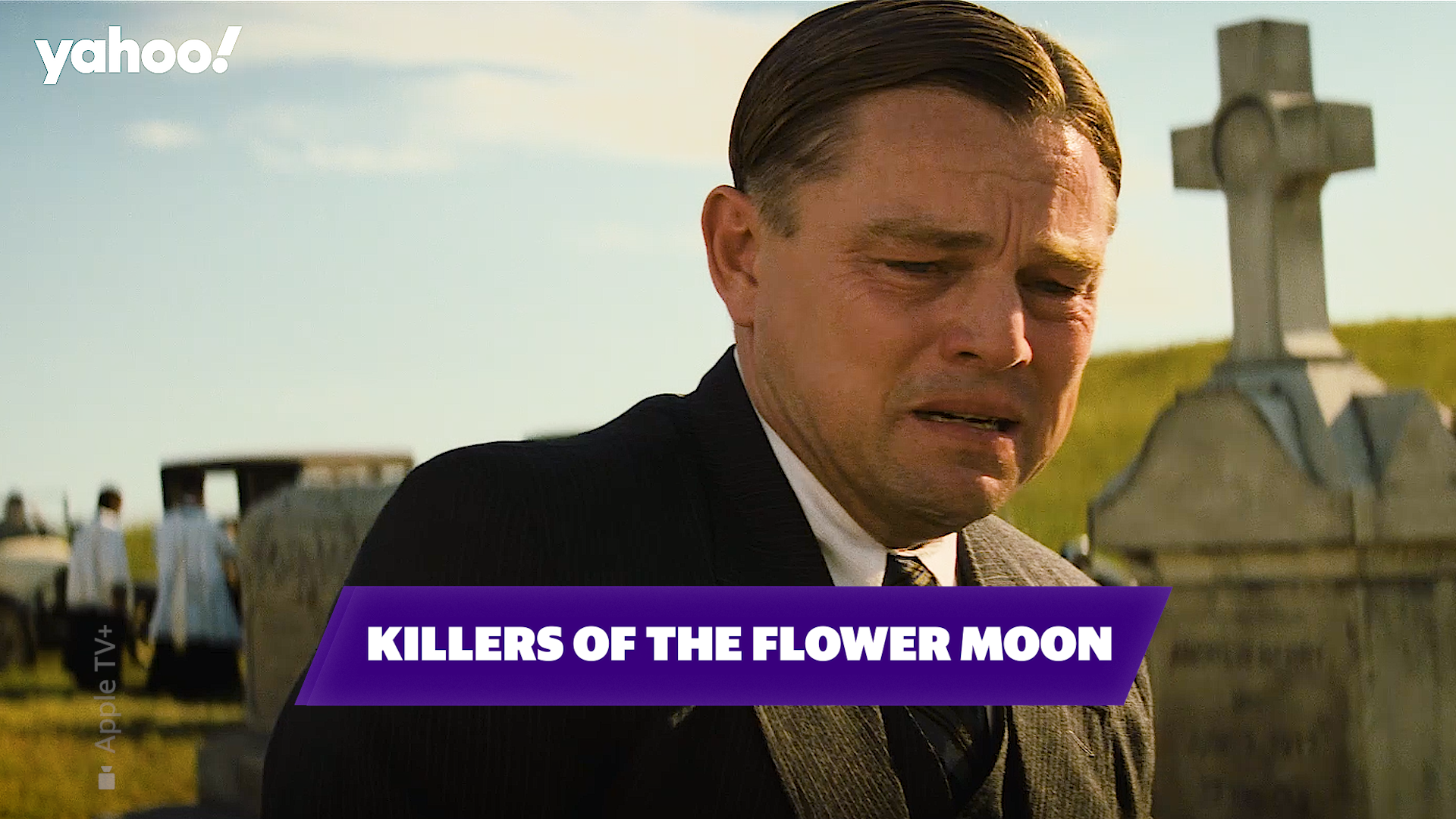

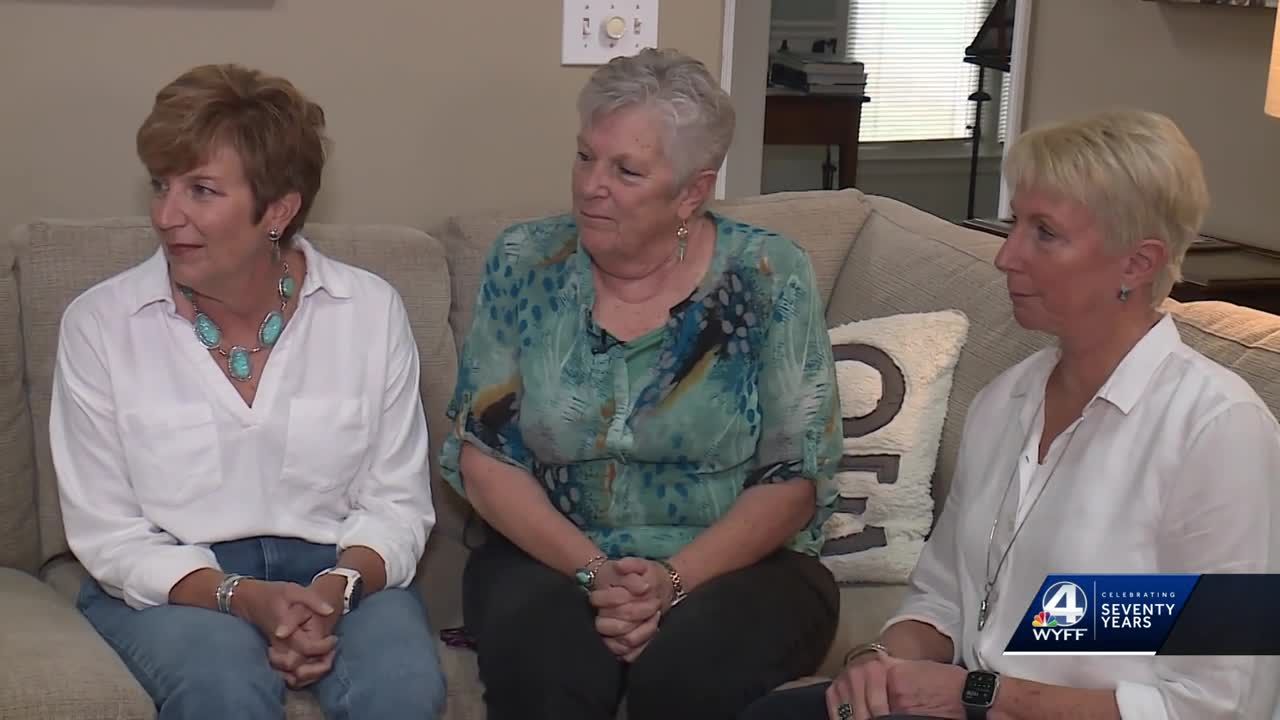
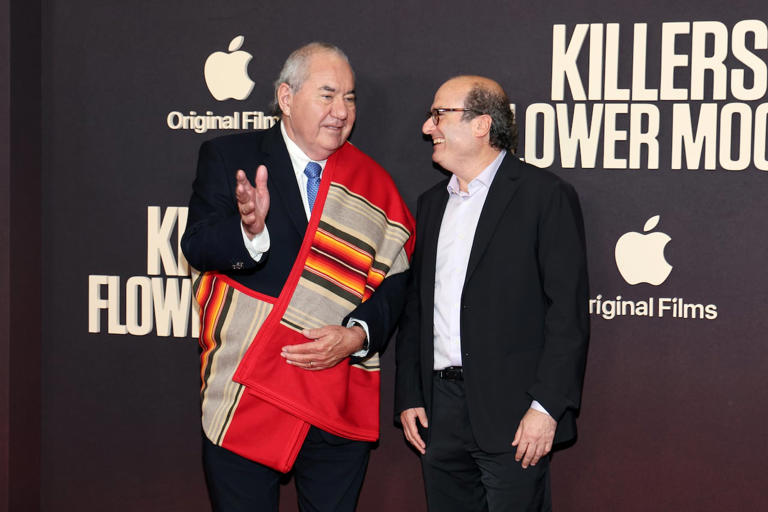


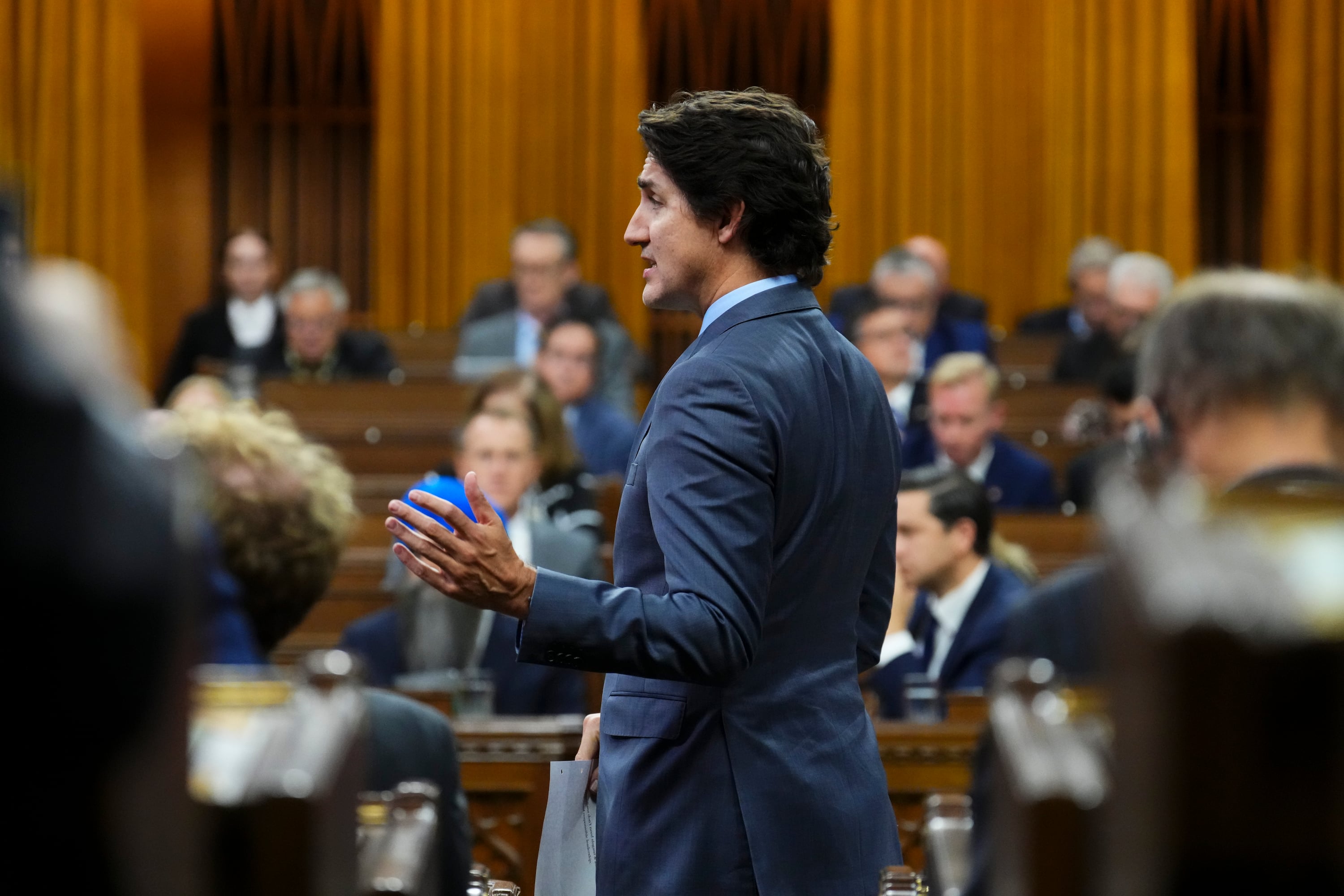
 cbc.ca Poilievre wearing 'tin foil hat' on vaccines: Trudeau
cbc.ca Poilievre wearing 'tin foil hat' on vaccines: Trudeau



